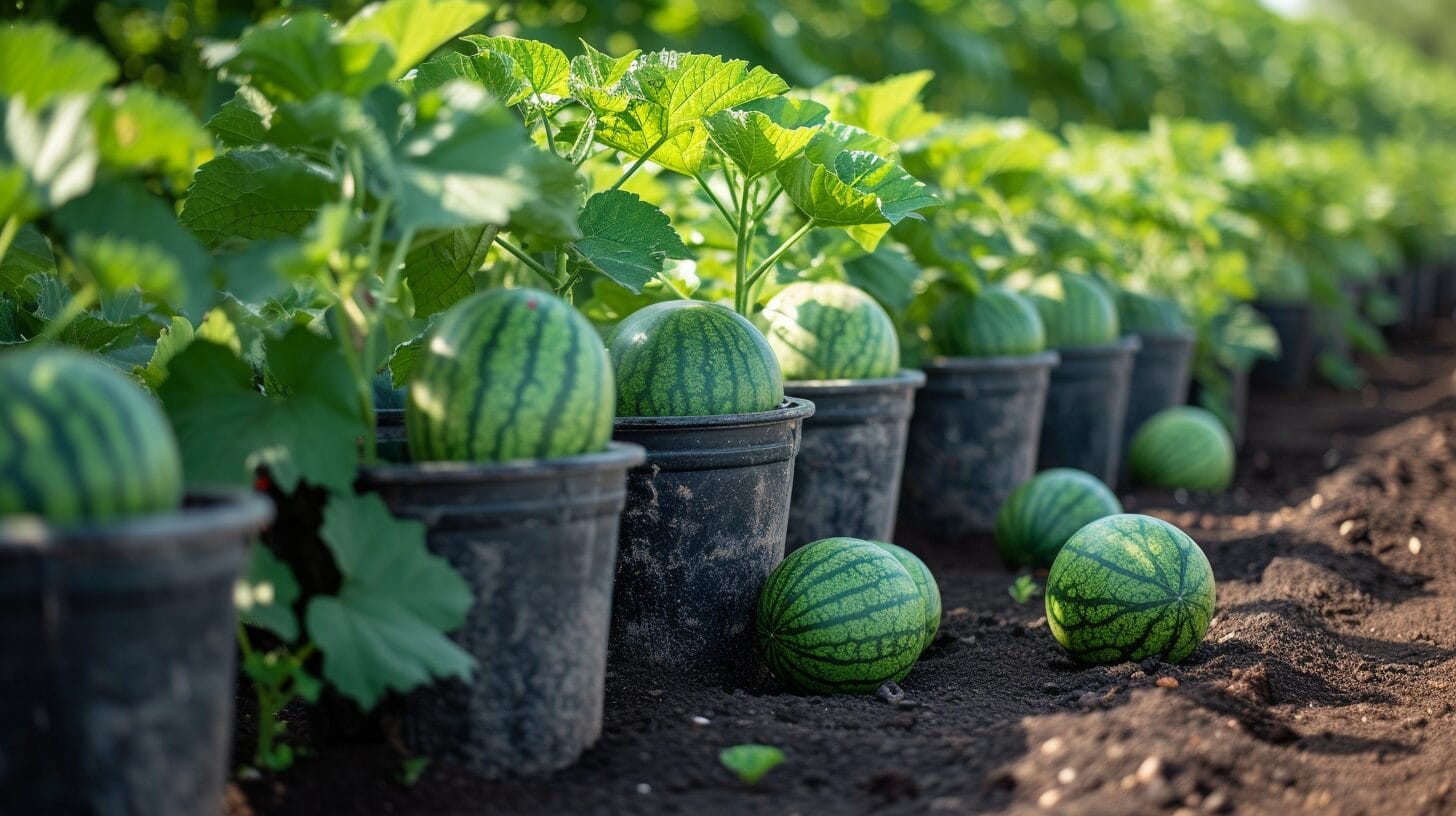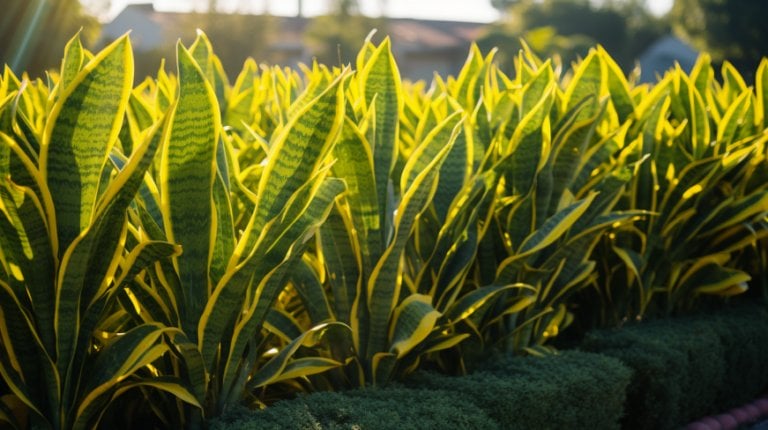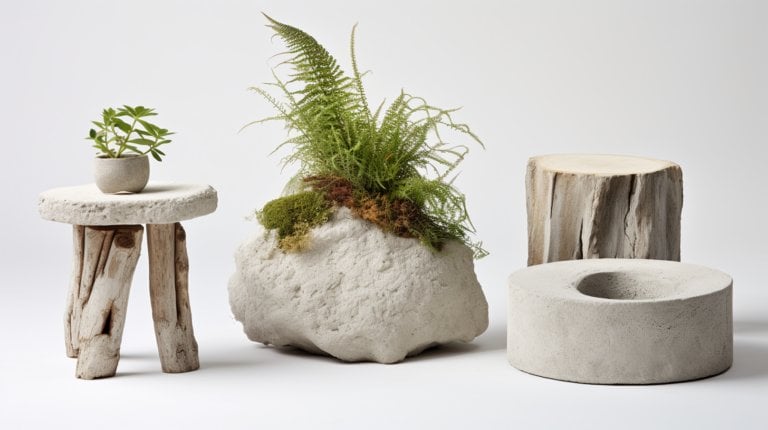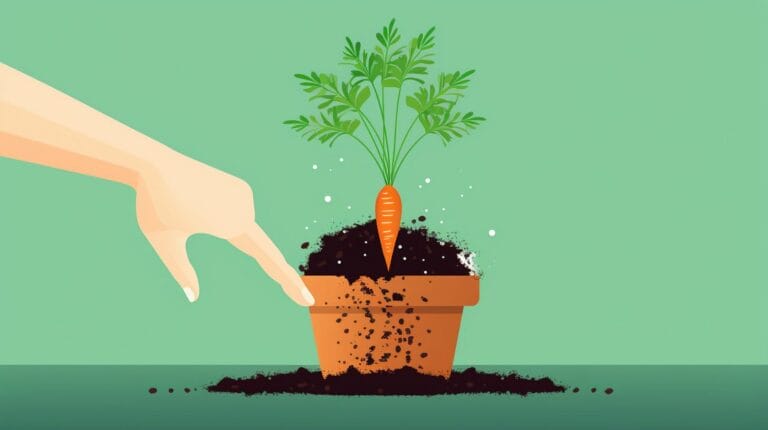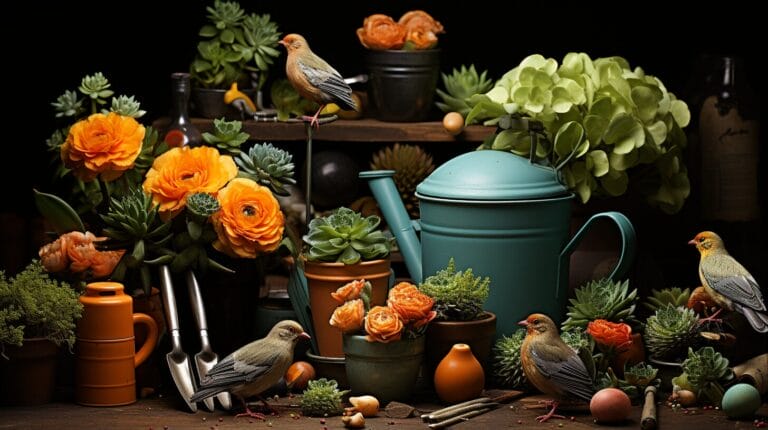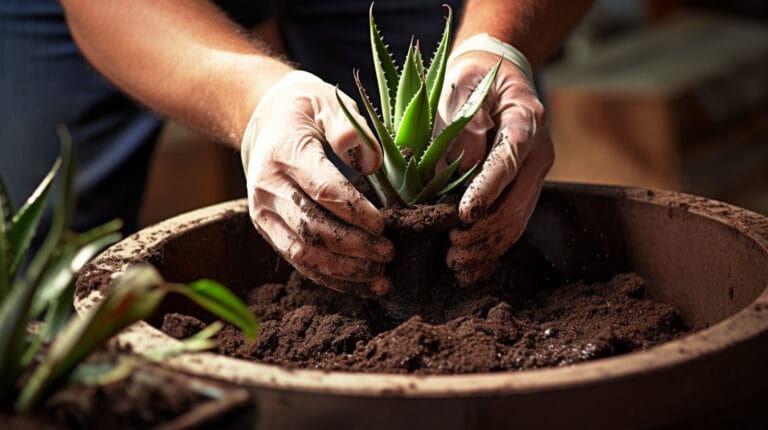Growing Watermelons in 5 Gallon Buckets: Maximize Limited Space for Fresh Melons
Do you dream of turning your tiny balcony into a verdant paradise filled with luscious watermelons? Does that idea appear far-fetched? Think again, because it is entirely possible – and might even be simpler than you think! This guide provides instructions on how to cultivate watermelons in 5-gallon buckets, a brilliant technique that allows you to exploit your restricted space and relish your personally grown melons.
Key Takeaways
- Growing watermelons in 5 gallon buckets is a great way to maximize limited space in urban gardens or balconies.
- The use of portable buckets allows for optimal sunlight exposure and control over soil quality and drainage.
- It is cost-effective compared to traditional planters, and the buckets can be reused for multiple growing seasons.
- When choosing watermelon varieties for containers, select mini or personal-sized watermelons with compact growth habits and shorter maturity times.
Introduction to Growing Watermelons in 5-Gallon Buckets
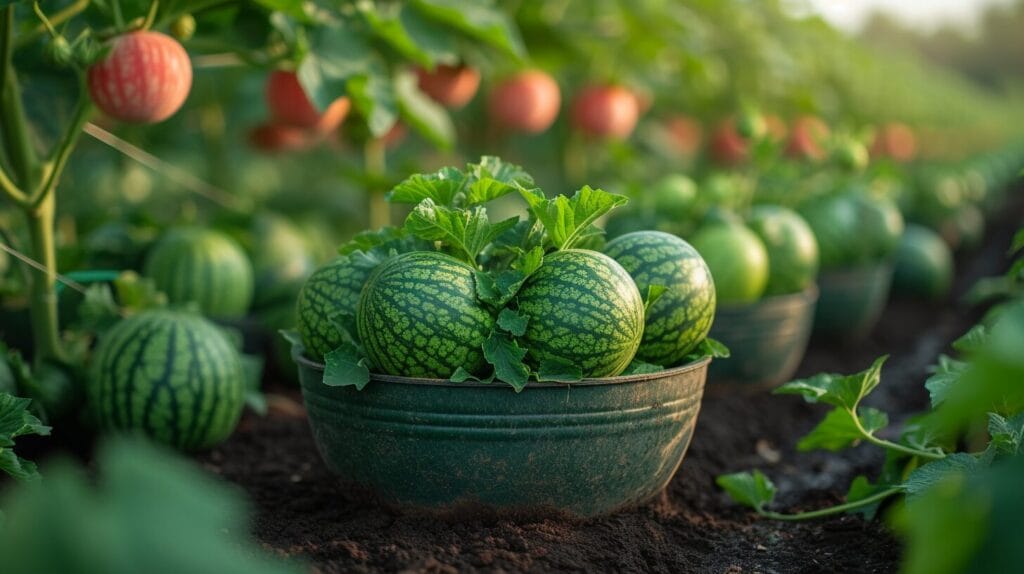
Growing watermelons in 5 gallon buckets presents a practical and efficient method for cultivating these succulent fruits, even in confined spaces. The portability of these buckets provides optimal sunlight exposure and control over soil quality and drainage.
Moreover, the cost-effectiveness of using 5-gallon buckets is significant compared to traditional planters, and their durability allows for reuse across multiple growing seasons.
Selecting the Right Container and Soil
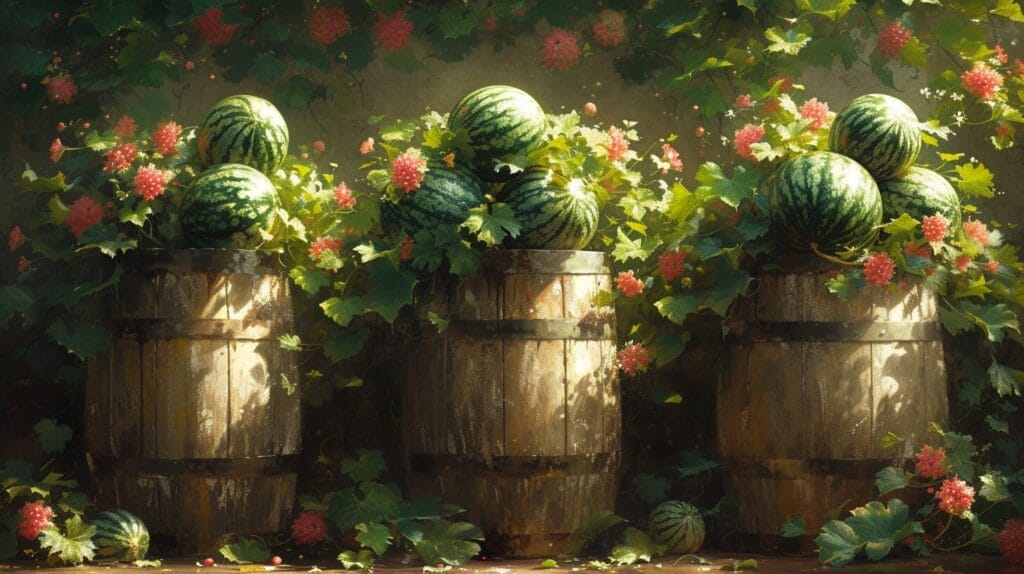
The success of growing watermelons in 5 gallon buckets heavily depends on choosing the right container and soil. The size of a 5-gallon bucket is perfect for watermelon growth, providing enough space for the roots to develop and the plant to be easily portable.
For the soil, opt for a well-draining potting mix rich in organic matter to provide essential nutrients and ensure proper drainage. Avoid garden soil, as it tends to become compacted and may hinder root development.
In terms of container size, a 5-gallon bucket is the minimum size required for growing watermelons. Larger buckets, such as 10 or 15 gallons, provide even more space for the plants to thrive.
Choosing the Right Watermelon Varieties for Container Gardening
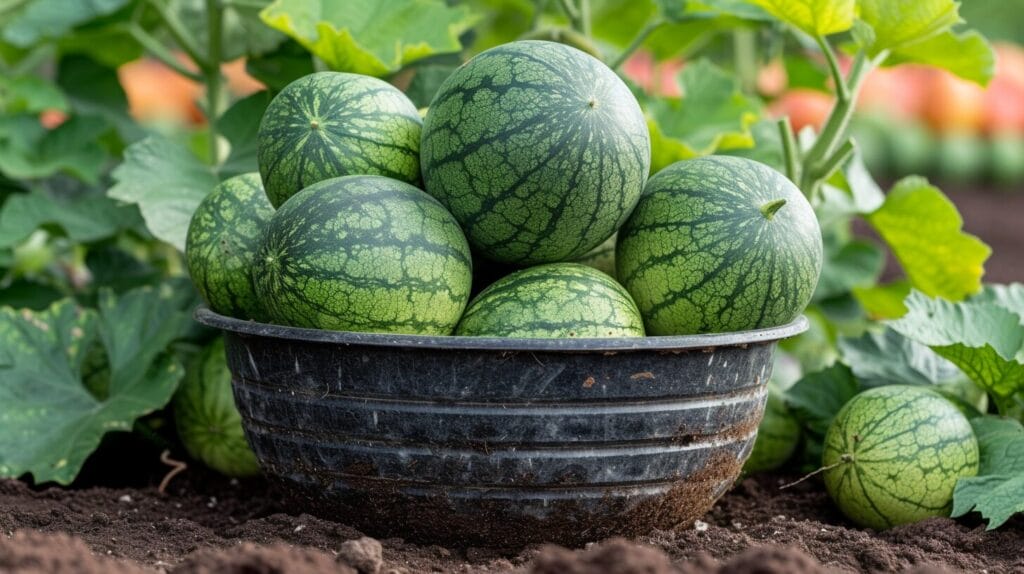
When selecting watermelon varieties for container gardening, consider compact cultivars that are specifically bred for smaller spaces. These varieties have smaller fruits and vines, making them ideal for confined spaces.
Additionally, choose varieties with shorter maturity times to ensure that your watermelons fully develop and ripen before the end of the growing season.
Tips for Growing Watermelons in 5-Gallon Buckets
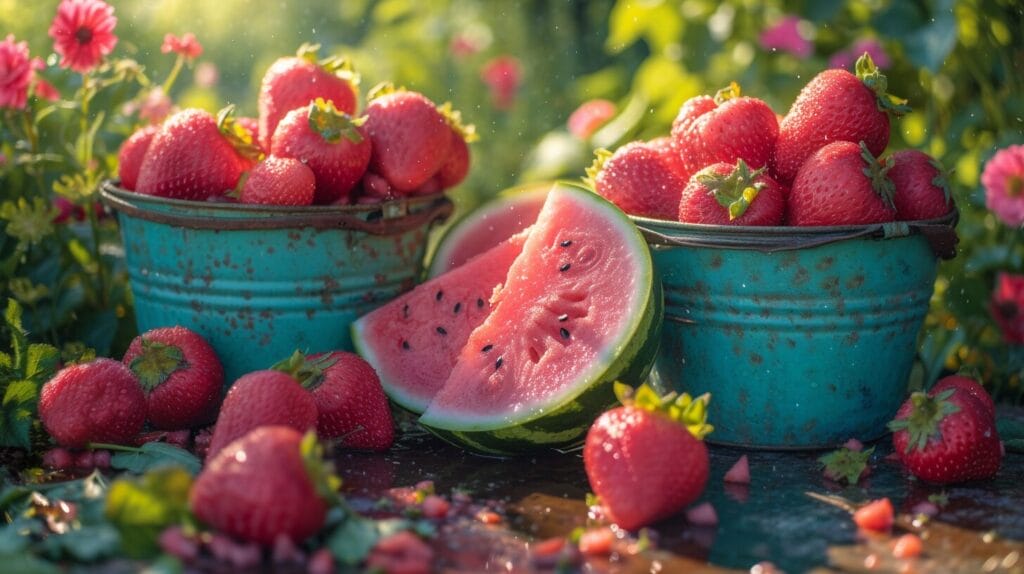
Growing watermelons in 5 gallon buckets successfully involves ensuring adequate water and nutrients for the plants. Regular watering is crucial, especially during hot and dry periods. Additionally, when growing watermelons in pots, adding organic matter to the soil mix and using slow-release or liquid fertilizer regularly can help meet the plant’s nutrient needs.
Maximizing limited space and supporting watermelon vines can be achieved using trellises or stakes. This method saves space, improves air circulation, and provides easier access for harvesting. Lastly, always be on the lookout for signs of pests or diseases and take immediate measures to prevent infestations and maintain plant health.
Harvesting and Enjoying the Fruits of Your Labor
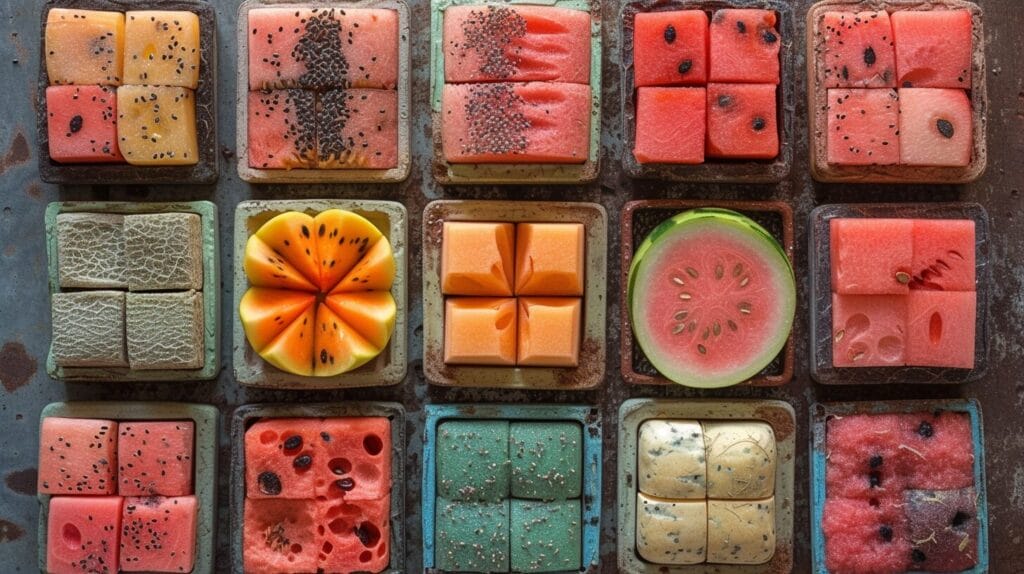
Harvesting watermelons involves careful timing to ensure the fruits are ripe. Look for signs such as a deep, hollow sound when tapped, a creamy yellow spot on the underside, and a firm but not hard texture. Use a sharp knife or garden shears to cut the stem about 1 inch above the fruit to avoid damaging the plant.
There’s nothing quite like the taste of a freshly harvested, homegrown watermelon. Chill the watermelon before slicing to enhance its flavor, and enjoy it in fruit salads, smoothies, or refreshing agua frescas.
Can I Grow Watermelons in 5 Gallon Buckets with Older Vegetable Seeds?
Yes, you can grow watermelons in 5-gallon buckets with older vegetable seeds. However, it is important to consider the vegetable seed viability 2024 discovery. Older seeds may have lower germination rates, so using fresh seeds or conducting a germination test is recommended for a successful harvest.
Conclusion
Growing watermelons in 5-gallon buckets is a fantastic way to maximize limited space and enjoy the taste of fresh, homegrown melons. With the right 5-gallon bucket, soil, and watermelon variety, along with diligent care, you can successfully reap the fruits of your container watermelon from your urban garden.
Give it a try, and experience the joy of growing your melons in buckets!
Frequently Asked Questions
Can I grow watermelons in containers?
Yes, growing watermelons in 5 gallon buckets or pots is a great way to maximize limited space and still enjoy fresh growing melons.
What are the benefits of growing watermelons in 5 gallon buckets?
Growing watermelons in 5-gallon buckets allow you to control the growing environment, saves space, and provides better drainage for the plants.
Hand caring for young onion sprouts inside a water bottle in sunlight.
Fill the 5-gallon bucket with well-draining potting soil, plant the watermelon seed or seedling, and provide regular water and sunlight to help the plant grow well.
Can watermelons grow successfully in pots or containers?
Yes, watermelons can grow successfully in pots or containers as long as they receive adequate water, and sunlight, and are provided with proper care.
What variety of watermelon should I choose for growing in containers?
Compact varieties such as “Sugar Baby” are well-suited for container growing due to their smaller size and ability to thrive in limited space.

